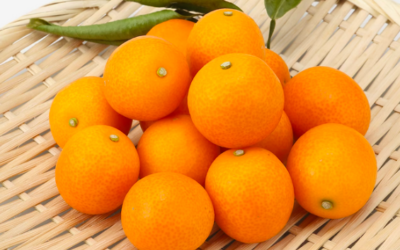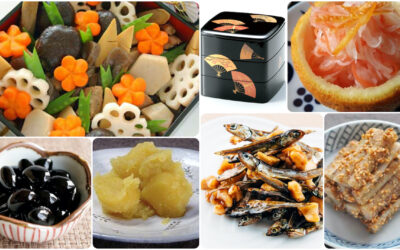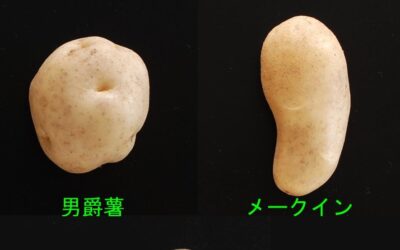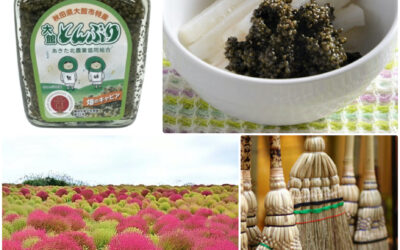
Kitchen Culture Cooking Club
EXPLORE and PRACTICE Japanese cooking in your own kitchenAbout Kitchen Culture Cooking Club
Welcome to the Kitchen Culture Cooking Club, a community space providing encouragement to those who want to EXPLORE and PRACTICE Japan’s washoku wisdom in their own kitchens.
To facilitate this, themed projects will be posted to this page periodically. Project Assignments and links to relevant reference material stored on this site will be posted to this page. Anyone, anywhere in the world, with a sincere interest in Japanese food culture is welcome to browse the contents of this page and then replicate the themed project in their own kitchen.
For those who wish to display-and-discuss their projects with like-minded people, I invite you to join the KITCHEN CULTURE Cooking Club Facebook Group (formerly the TSUDOI Project), an interactive community space.
PROJECT Temari Sushi
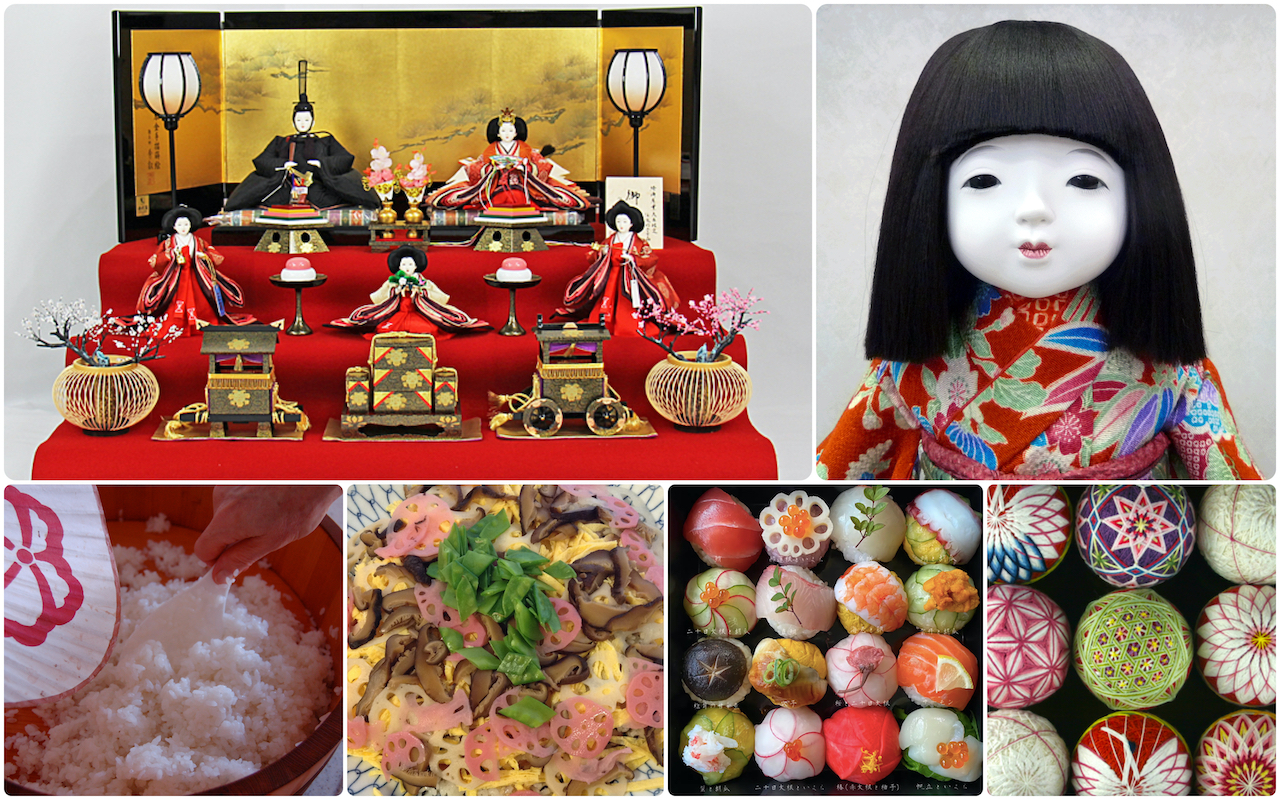
This KITCHEN PROJECT features temari-zushi, bite-sized spheres of tart rice topped with various ingredients.
HINA MATSURI is celebrated on March 3 and during the weeks leading up to it, and for several weeks thereafter, scattered chirashi-zushi and/or temari-zushi will be on the menu.
Try your hand at making these in YOUR KITCHEN: download a recipe for Pom Pom Temari-Zushi.
About TEMARI… Like many frugal Japanese women who managed households in the early and mid 20th century, my mother-in-law, Kiyoko Andoh, practiced thrift in and out of the kitchen. She saved bits and pieces of cloth, turning them into quilted cushions and throws. Odd lengths of thread were transformed into charming string-ball ornaments of various patterns. Called temari, string balls are made by winding colorful strands around a spherical core.
In the kitchen, my mother-in-law would take bits and pieces of pickled or soy-stewed vegetables to make what she called temari-zushi, bite-sized spheres of tart sushi rice each with its own decorative topping. Though not especially fluffy, the pert, plump sushi balls with colorful toppings reminded me of pom-poms… which is why I named them Pom Pom Sushi.
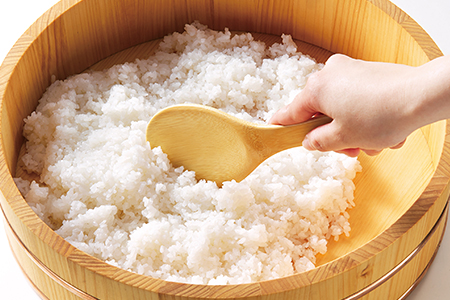
Tart Sushi Rice (Su Meshi 酢飯)
Slightly sweet, vinegar-seasoned rice called su meshi (literally “tart rice”) is the basis for all sushi dishes. For optimal flavor and texture when making su meshi, use freshly cooked and still-warm, Japanese-style short-grained white rice that has been rinsed really well to remove surface starch. As warm rice cools it is most receptive to absorbing the seasoned vinegar (that is why freshly cooked rice is best). If surface starch remains on the rice because it has not been thoroughly rinsed away, the cooked rice can become unpleasantly gummy and gluey.
DOWNLOAD instructions for making SU MESHI, tartly seasoned rice for sushi.
Download the FEBRUARY 2025 newsletter, about cooking cloth.
Recipes and Resources
Stock (Dashi)
Dashi stock is essential to making soups and simmered or stewed dishes. Dashi is also used when making many egg dishes and all sorts of sauces, dips and dressings. Using good dashi will make a noticeable difference in the outcome of so many dishes you prepare.
Click to download recipes for (vegan) Kelp Alone Stock or Standard Sea Stock + Smoky Sea Stock
How to Cook Rice
In Japanese, the word for cooked rice, ご飯 GOHAN, is the same as the word for a meal, ご飯 GOHAN. Indeed rice is central to the meal. Download the Rice with Mixed Grains recipe.
How to Prepare Sushi Rice
Sushi dishes are made with rice that has been seasoned (with sweetened vinegar) AFTER being cooked. Download the Classic Sushi Rice recipe.
Quick Pickles
The Japanese enjoy a wide variety of tsukémono pickles, many can be assembled quickly and are ready to eat within a short time.
Download a recipe for Quick-Fix Hakusai Cabbage.
Kumquats
Kumquats are called kinkan 金柑 in Japanese, meaning "golden citrus." The fruit is native to south-east China where they have been cultivated for hundreds of years, though the scientific name is Citrus japonica. There are dozens of varities of kumquats but the round...
PROJECT Osechi-Making
December is a busy time… The Japanese aptly call the final month of the year shiwasu, written with calligraphy for "professor" 師 and "running about in a tizzy" 走. In Japan shiwasu is a time of frenzied activity that culminates with Oshogatsu (New Years) when families...
PROJECT Potato
Most white-fleshed potatoes generally fall into either of two categories: fluffy OR waxy. Fluffy potatoes are high-starch and tend to crumble when simmered; they are perfect for mashing, and when making korokke (croquettes). The Japanese often describe these dishes as...
TONBURI: Caviar of the Fields
The Japanese eat a number of "unusual" foods, and TONBURI (とんぶり) surely qualifies as one of them. Tonburi are the seeds of Kochia scoparia/Bassia scoparia, also known as 箒草 hōki-gusa. Branches of the mature kochia plant are crafted into hōki brooms (yes, brooms that...

